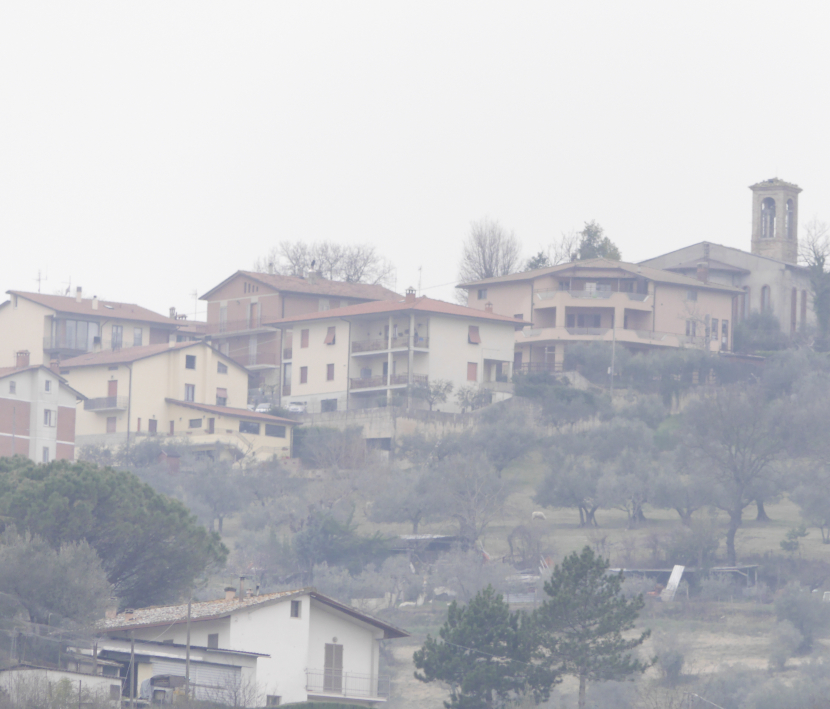



Thursday evening CLASS
I want you all to try to use lab time to complete chapter 5 exercises 2, 3 and 4 … it is not a lot exercise 4 you make changes to the file you make for exercise 3 and then do a save as and give it a separate file name changing 3 to 4. I f you come during my tutoring hours I will provide assistance.
HOMEWORK 2…Read and Study the following questions
Chapter 2 covers copyright and sampling as well as what is considered “Fair Use”. This will prepare us for discussion on which images we find online that we are legally entitled to use as well so you might want to review.
In addition we will also cover Chapters 7 “Image Acquisition and Resolution” as well Chapter 8 Tonal range in which we will begin to discuss the idea and habits involved in Non-Destructive editing Techniques.
We are moving forward from our study of Adobe Illustrator into Photoshop and digital imaging. I did mention that those of you with digital cameras and card readers should please bring them or their corresponding USB connecting cables to class. Also we will be doing work on the scanner so also bring a photograph from home the older the better so we can use our individual photos to do the exercises in Chapter 8. And please bring in your flashdrives.
Also read this brief blog post (by one of our text book’s authors Xtine Burrough) about email etiquette, this is the one reading not from the Digital Foundations wiki that I warned you about: http://designeducator.info/?p=193
STUDY QUESTIONS:
- Once you’ve conducted a Google image search, how do you save an image from the web to your desktop (on a Mac)?
- On a Mac, what do you need to do to safely eject your flash (USB) drive before pulling it out of the port?
- What is a creative commons license? How is it different from traditional copyright?
- What are the main points that xtine burrough makes in her blog post about email communication.
- In what units is the resolution of a digital image measured? What does abbreviation this stand for?
- How are raster graphics and vector graphics different? Name one computer program that uses each.
- If I have two image files that are both 300ppi, is it safe to assume they are the same size? Why or why not? Is it safe to assume they are the same resolution? Why or why not?
- What is the significance of the “resample image” checkbox in photoshop? What difference does it make if it is checked or unchecked when you make changes to the image size?
- What do we mean by screen presentation resolution? What do we mean by print presentation resolution? How are they different?
- When you scan in an image that you plan to edit in Adobe Photoshop, what type of file should you save your scan as?
- What is a histogram (in digital imaging)? Where can you see it?
- The bit depth of an image determines how many _____________________________ there can be.
- Name two techniques for adjusting the tonal range of an image in Photoshop.
- If you wanted to duplicate one part of an image and use it to cover up another part, how could you do that in Adobe Photoshop?
- When you are working on a file in Photoshop, why should you save it as a PSD instead of a JPG?
Homework 1…Relax, it’s reading and study questions. Mostly
Please read your textbook (the Digital Foundations WIKI) and have purchased your USB drive and bring it with you to class.
For Homework please read Chapters 1, 3, 5 and 6 in your textbook (WIKI), we will be going over the materials in class the online text is available here
Chapter 1:
http://wiki.digital-foundations.net/index.php?title=Chapter_1_CC18
Chapter 3:
http://wiki.digital-foundations.net/index.php?title=Chapter_3_CC18
Chapter 5:
http://wiki.digital-foundations.net/index.php?title=Chapter_5_CC18
Chapter 6:
http://wiki.digital-foundations.net/index.php?title=Chapter_6_CC18
We will be using the WIKI for Adobe Creative Cloud 2018 which has recently been updated in some cases with video content. Please pay attention to outlined side bars in the readings they contain highly useful information.
- What does it mean to say a composition is “dynamic”?
- Define symmetry, asymmetry, positive space, and negative space.
- What was the Bauhaus?
- Name three rules to follow when naming files.
- Once you’ve conducted a Google image search, how do you save an image from the web to your desktop (on a Mac)?
- For each of the following file types, name an Adobe program that works with it (you can use each program more than once): .ai, .jpg, .fla, .swf, .html, .psd
- Which type of graphics is Adobe Illustrator associated with?
- How do you draw a rectangle in Illustrator? What do you do differently if you want to draw a square?
- What is the difference between fill and stroke in Illustrator?
- How do you change the fill color of a shape in Illustrator? (Important: What do you have to do FIRST?)
- How do you duplicate a shape in Illustrator?
- How do you rotate a shape in Illustrator?
- What do RGB and CMYK stand for?
- Which color model is associated with digital images on a screen (color made by light)?
- Which color model is associated with images printed with ink?
- Define the following:
- Hue
- Saturation
- Value
- Complementary Colors
- Analogous Colors


